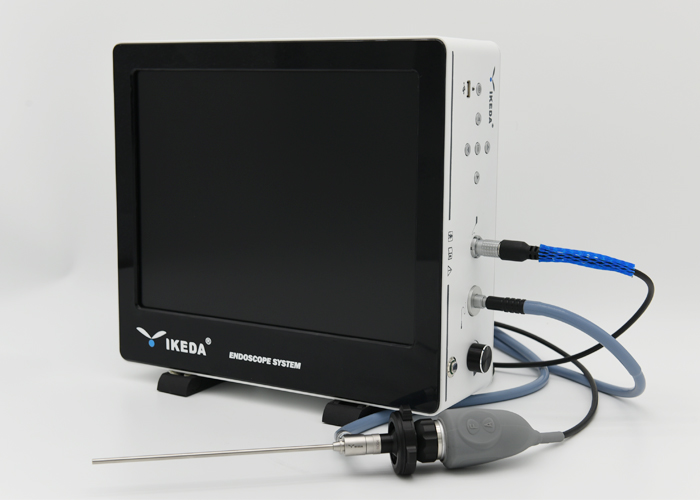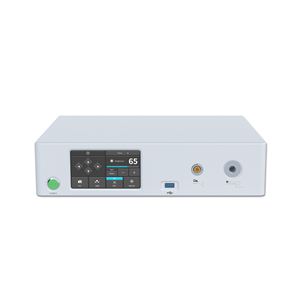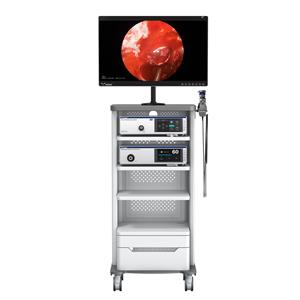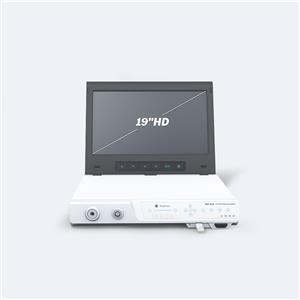Factors Affecting Industrial Endoscope Detection
Industrial Endoscopes can be used for inspection and observation of high temperature, toxic, nuclear radiation and places that cannot be directly observed by the human eye. It is mainly used for automobiles, aero engines, pipelines, mechanical parts, etc., without disassembly or destruction of assembly and equipment To achieve non-destructive testing under the condition of stopping operation, self or objective factors can cause problems in the test results. Let us understand the factors that affect industrial endoscope testing.
Factors Affecting Industrial Endoscope Detection:
1. Lighting conditions. In most endoscope inspections, industrial endoscopes have their own light sources for illumination. Under normal conditions, the color temperature of the endoscope inspection illumination light source is required to be no less than 5600K, and the illumination intensity is no less than 2600lm.
2. Lens position and angle. Generally, it is best to observe the image within the range of 5~25mm from the detection area, so it is often necessary for the endoscope lens to be as close to the observation point as possible. Both the lens and the observation object plane can achieve better observation results in the range of 45゜~90゜. In actual work, the appropriate observation position is found by repeatedly changing the position and angle of the lens and the observation point, and the best detection is obtained. Effect.
3. Channel. When choosing a channel, you should be as close as possible to the position to be detected, and choose the channel with the shortest length to minimize the number and degree of bending of the probe; first consider the channel from top to bottom, from high to low; prefer the wide channel; recommend the use of tooling , To ensure that the probe is in the correct direction in the product channel; the method of observing and passing should be used to travel in the channel.
4. The reflectivity of the surface of the object. The surface of different objects has different reflectivity, which is related to the material of the object and the roughness of the surface. Therefore, the intensity of the endoscope's illumination should be selected according to the actual situation in order to obtain clear and useful results.
5. The distortion of the image. Observing the deformation phenomenon of an object through the lens, as the distance from the center of the lens to the edge increases, the image is distorted. The distortion of the image will affect the judgment and measurement of defects. The distortion of the image when observed by straight rod mirror and fiber optic mirror is relatively large, and the video endoscope can be corrected by a computer.
6. Resolution, magnification, and smallest defects that can be detected. These are the technical indicators of the endoscope itself, which can directly affect the detection results.

- NEWS
- BLOG
- Industry News
- Company News




